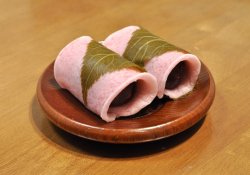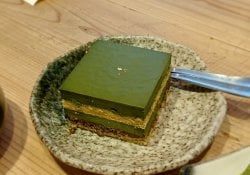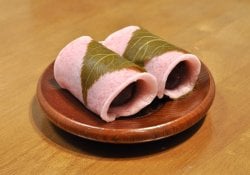Kakitama soup with shallots Recipes and curiosities
On this page you will learn the recipe and some information about the Japanese dish Kakitama soup with shallots Also known as Esharottoiri kakitama shiru.
Table of Content - About - Origin - Information - Ingredients - Preparation - Related
All about Esharottoiri kakitama shiru
Kakitama egg drop soup with shallots is a traditional dish of Japanese cuisine that is based on an egg soup with onions. Its name is a combination of two Japanese words: "kakitama", which means "bite eggs", and "soup", which means "soup".
This soup is known to be light and reassuring, being perfect for cold days or for those who are feeling a little uncomfortable. It is made with simple ingredients, but together they create a unique and delicious taste.
To prepare the Kakitama egg drop soup, it is necessary to cook the onions in a chicken or vegetable bulk. Then, the eggs are beaten and added to the soup, creating an effect of "flies" that give texture and flavor to the dish. In addition, it is common to add a little soy sauce and mirin (a type of Japanese rice wine) to give an extra touch of flavor.
This dish is versatile and can be served as an entry or as a light meal. In addition, it is possible to add other ingredients, such as tofu, mushrooms or roasted chicken, to make the soup even more nutritious and tasty.
The Kakitama egg drop soup with shallots is a very popular dish in Japan and can be found in various restaurants and street food establishments.In addition, it is a great choice for those who follow a vegetarian or gluten-free diet, as it is free of animal and wheat ingredients.
In short, the Kakitama egg drop soup with shallots is a simple dish but full of taste and tradition of Japanese cuisine. If you are a fan of soups and want to try something different and delicious, it is definitely worth trying this delicacies. Enjoy bringing together your family and friends and sharing this unique gastronomic experience.

Origin and history of Sopa de Kakitama com chalotas
Kakitama egg soup with chalots originates in Japanese cuisine. The word "kakitama" comes from Japanese and means "mixed egg". The soup is made with a base of dashi bouillon, which is a broth based on fish and algae, and is roasted with soy sauce, sachet and mirin. The egg is beaten and added to the soup, creating a creamy and delicate texture. The chalots are added to add a sweet and soft taste to the soup. It is believed that kakitama egg soup was created in Japan during the Edo period (1603-1868), when samurai used eggs to thicken the soup and make it more nutritious. Today, kakitama egg soup is a popular dish in Japanese restaurants and is considered a nutritious and comforting dish.About the recipe
- Name of the plate: Kakitama soup with shallots
- Name of the dish in English: Kakitama egg drop soup with shallots
- Name of the plate in Japanese: エシャロット入りかきたま汁
- Name of the Romanian dish: Esharottoiri kakitama shiru
Information about preparation
- Time to prepare: 4 minutes
- Time of Cooking: 6 minutes
- Difficulty: SIMPLE
- It suits: 2 people
- Occasions:
Ingredients – Ingredients
Check out the necessary and optional ingredients Kakitama soup with shallotsIt makes sense to improvise
- 450 ml of water
- Sachet Dashi Stock Powder
- 1 egg
- 2 houses
- Salt and Black Pepper
Watch a video of the recipe:
Recipes - How to Prepare
Now that you know the ingredients to make the recipe Kakitama soup with shallots. Follow the instructions below in the preparation mode or step by step.
Preparation mode:
Cut off the houses:
Cut the two slices into fine slices.
Prepare the soup:
- In a small pot, add 450 ml of water and half a bag of Dashi stock.
- Let it boil and then reduce the fire.
- Stir with salt and cook for 5-6 minutes.
Bite and add the egg mixture:
- Break an egg in a small jar and beat slightly.
- Mix the soup in circular movements and slowly pour the egg using pins or a spoon.
- Turn off the fire after adding the whole egg mixture.
Serve it hot:
- Serve the soup in individual bowl.
- Spray with black pepper to taste.
- Serve it warm.




